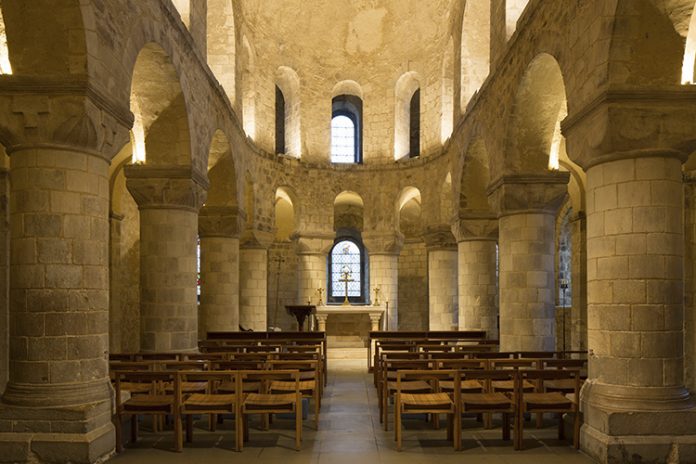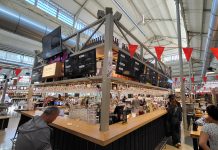St John’s is a Romanesque chapel, located in the heart of the Tower of London. It was built between 1077 and 1097 of French stone imported by William the Conqueror and constitutes not only the best preserved interior in the White Tower but also one of the finest examples of Anglo-Norman church architecture in England. A UK scheduled ancient monument, as well as a UNESCO designated World Heritage Site, the Tower of London is perhaps one of England’s most iconic structures. Steeped in a rich history, tied closely to the development of the British state and now one of the UK’s most popular tourist destinations, The Tower and its environment is rigorously protected by government through the Ancient Monuments and Archaeological Areas Act of 1979. St John’s has been a Royal Chapel for almost a thousand years and the Queen’s Chaplain still performs a series of royal services within its walls throughout the year. When any kind of remedial or developmental work is carried out in such an environment, the demands to limit any negative physical or visual impact are inevitably high on the project agenda.
Historic Royal Palaces had wished for some time to improve lighting provision in the chapel to achieve an improved experience for visitors and congregational acts of worship. Architects Carden & Godfrey, retained architects for Historic Royal Palaces at the Tower of London, recommended James Morse for the project. Morse specialises in the interior and exterior lighting of historic buildings and had recently worked with Carden and Godfrey at Rochester Cathedral. There was to be strictly no disturbance of the ancient fabric and with this in mind, Morse settled upon a wireless system and turned to GDS ArcSystem.
Contractors EV Bullen, specialists in mechanical and electrical building services and holders of Her Majesty’s Royal Warrant, were appointed to install the scheme. E.V. Bullen have provided more than 30 years service to the Royal Household and Historic Royal Palaces and are well accustomed to the highly sensitive nature of such projects.
An entirely wireless GDS ArcSystem was installed, utilising the existing mains wiring to feed the new control system. Being completely wireless, the system did not require the installation of any additional low-voltage cabling, thus meeting an essential demand of the brief that there should be as little physical disturbance as possible to the interior. The system comprised, principally, ArcPro MR16 2700K 33 and 24 Degree fittings controlled by an ArcPro Mesh Control TX1 Transmitter. Lighting scenes were programmed to allow for winter and summer daylight conditions as well as for specific services. During the course of the project, GDS designed a bespoke stand for a number of the MR16 fittings where it was simply not possible to attach them to surfaces. Adaptability is a key aspect of GDS’s approach to its technology and bespoke engineering of this sort, that overcomes issues arising during a project, is a feature of GDS’s drive to ensure that the designer’s vision is in no way compromised. A project such as this emphasises the need for this combination of creativity and skill.
Matthew Lloyd, Managing Director of GDS was delighted to see ArcSystem find a home in such a historic and important setting: “The historical significance of the Tower of London needs no explanation. As a world heritage site, ancient monument and one of the UK’s most popular visitor attractions, The Tower is easily one of the most recognisable buildings in the world. The installation of ArcSystem into St John’s Chapel is a special moment indeed for GDS. We worked closely with Historic Royal Palaces to provide a high quality, low impact solution in a sensitive environment. James Morse is a true specialist and his specification of ArcSystem for this and a number of other similarly challenging briefs is very gratifying.”





